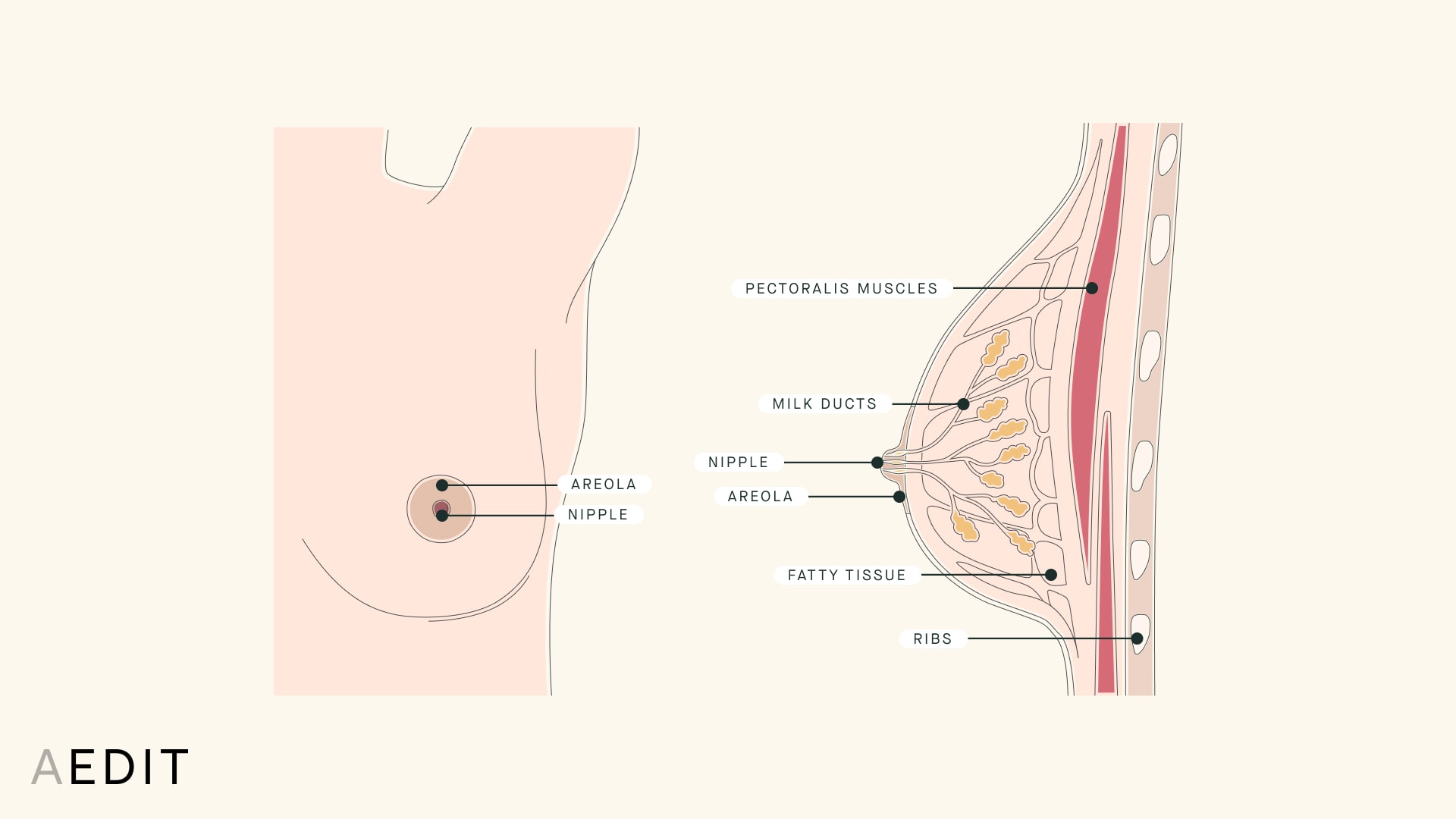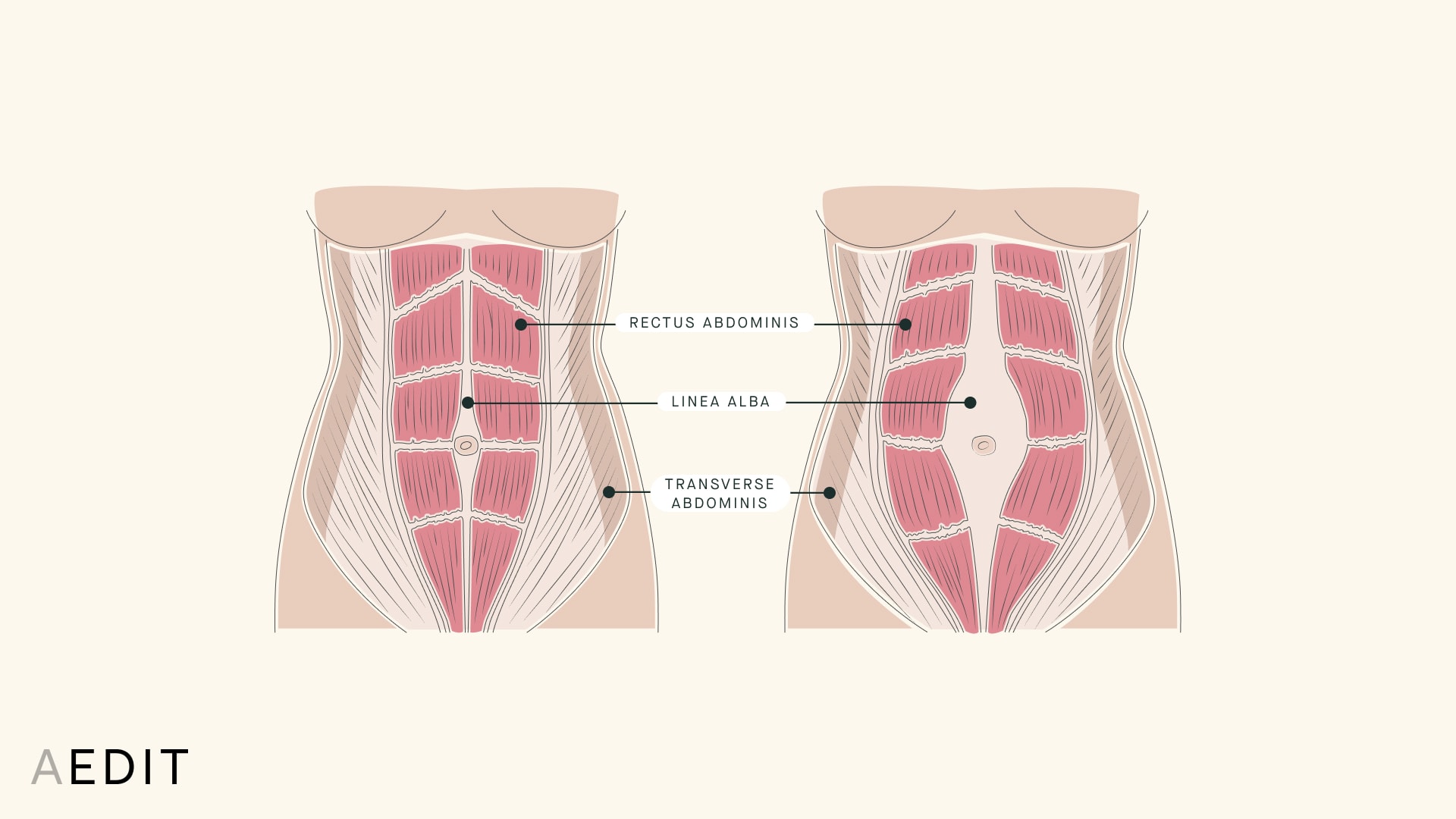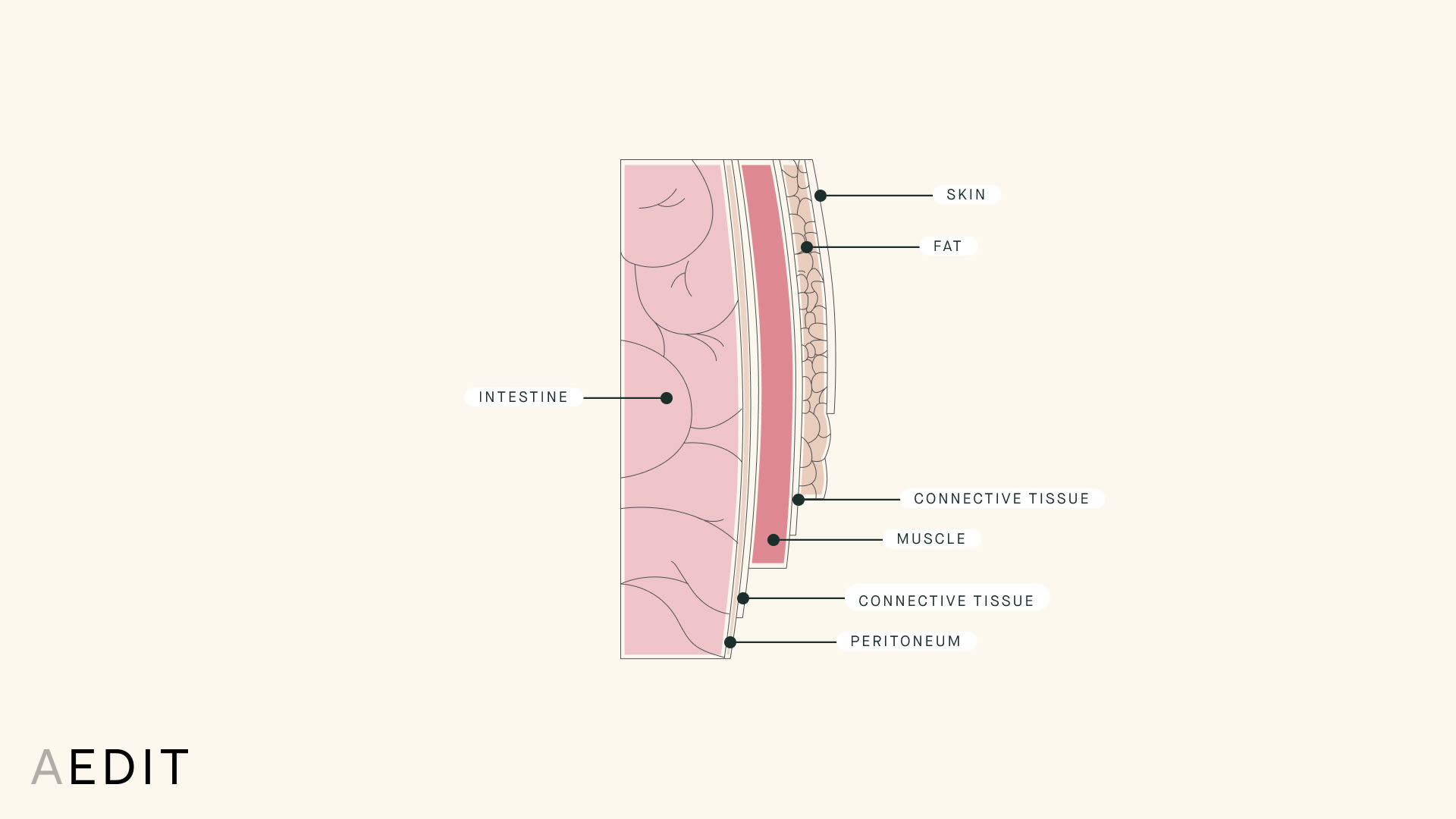Mommy Makeover
For mothers celebrating their new bundle of joy, but also missing their pre-baby body, a host of plastic surgery procedures exist to restore your ideal aesthetic.
Content Reviewed by AEDIT Medical Advisory Board
The pregnancy glow. That radiating light that seems to surround expectant mothers and make the protruding belly, swollen ankles, and puffy face disappear. But what happens after you’ve welcomed your newest addition into the world, and your body tries to get back to what it once was? In addition to the hormonal and other internal physiological changes that occur during and after a pregnancy, there are numerous physical changes that permanently alter the shape, structure, and appearance of a woman’s physique.
The skin and muscles of the abdomen expand to accommodate your growing baby, the vagina, labia, and perineum stretch or possibly tear during vaginal deliveries, scars from cesarean procedures, stretch marks and other areas of hyperpigmentation, and the growth (and then sadly dramatic decline) of the breast tissue can all lead to a disappointing post-baby body. And ladies, let’s take the stigma out of being overjoyed by your latest addition, but also a little sad that your body isn't what it used to be. Through a Mommy Makeover, plastic surgeons across the United States have streamlined and perfected a host of procedures specifically designed to help mothers get back to their ideal aesthetic.
A Mommy Makeover refers to a collection of procedures targeted to the most commonly affected areas of the body following pregnancy. While it’s true that some women (probably those who are extremely genetically blessed) see their pre-baby body snap back after a few months, many women struggle to regain their physique despite considerable efforts. Diet and exercise alone are not always enough to restore the changes that occur following pregnancy and delivery.
A mommy makeover will be unique to every individual mother, and women, through consultation with their provider, can pick and choose which areas of their body they would like to target. Depending on a candidate’s concerns and needs, both invasive and non-invasive options are available to address everything from the breasts to the thighs to the vagina and sexual pleasure and function.
As with any plastic surgery procedure there are risks and limitations on what can be achieved. It is important to consider your overall health and the time since your delivery when discussing plastic surgery options. Surgery, like pregnancy, is stressful on the body and should be undertaken cautiously. For a discussion with real mothers and providers see the Aedition.
Skin, muscle, and fat tissue changes occur all over the body during and after pregnancy. Hormonal changes combined with the natural alterations to the breasts, stomach, and lower body cause significant adjustments to physique. While some of these are temporary, others are not, and that’s where the plastic surgeons come in. Let’s consider an overview below:
Obviously, not every new mom is going to need to address all of these concerns. A consultation with a plastic surgeon can help to determine what procedures may be most appropriate, and how the desired aesthetic can realistically be achieved.
A mommy makeover is not limited to new or recent mothers. Any woman who has experienced a pregnancy may be eligible to pursue one or more of the available interventions included in the mommy makeover group of cosmetic procedures. Considerations for overall health, time since delivery, breastfeeding status, and plans for future pregnancies should be discussed with your provider during your consultation. The simpler question probably is who wouldn’t love to have their pre-baby body back?
Depending on the candidate’s desired aesthetic, a mommy makeover may involve surgical procedures, non-surgical procedures, or both. Both invasive and minimally invasive procedures can help to refine, define, and enhance a woman’s physique. The most appropriate cosmetic procedure can be determined through consultation with a board-certified provider. Most mommy makeover procedures are not performed until a new mom’s body has had time to heal and recover from her pregnancy and delivery.
Natural breast changes during pregnancy include excess skin, fat tissue movements, and changes to the nipple and areola. Depending on the candidate and breastfeeding status, a Breast Lift, Radiofrequency Assisted Breast Lift, Breast Reduction, Breast Augmentation with Implants, or Breast Augmentation with Fat Transfer may be used to correct the breast shape and size. Changes to nipple and areola may be addressed by a Nipple Inversion, Nipple Reduction, Nipple Augmentation, or Areola Reduction.
Female Breast Anatomy
Extensive soft tissue changes occur in the abdomen during pregnancy to accommodate the growing uterus. Skin laxity and muscle laxity can cause a loose or sagging appearance which can be addressed by an Abdominoplasty or less invasive Mini Tummy Tuck. In the case of separation along the abdominal wall midline, a Diastasis Recti Repair can restore muscle tone and function.
The Anatomy of Diastasis Recti
Soft tissue deposits and skin laxity may occur in some women in the lower body during pregnancy. When diet and exercise aren’t enough to restore these areas, a Thigh Lift or Butt Lift can improve the aesthetic of these areas.
Damage and changes to the vagina, labia, and perineum (skin between the vagina and anus) following a vaginal delivery can be corrected through a Vaginal Rejuvenation with Radiofrequency, Vaginal Rejuvenation with Laser Energy, Perineoplasty, or Labiaplasty. These procedures are designed to improve aesthetic and function. To address changes in sexual function and sensation an O-Shot or G-Shot may benefit certain candidates.
Hormonal changes during pregnancy naturally leads to weight gain and collections of fat deposits around the body. Following delivery, when diet and exercise aren’t enough, Liposuction, CoolSculpting (Cryolipolysis), and body contouring procedures like truSculpt®, Emsculpt®, and BodyTite™ can help to remove stubborn areas and refine the aesthetic.
The Anatomy of Belly Fat
Skin changes that occur with pregnancy can include both increases in skin laxity, areas of abnormal skin tone, and scar formation from a c-section. Non-Ablative Non-Fractional Laser Skin Resurfacing, Non-Ablative Fractional Laser Skin Resurfacing, Pulsed Dye Laser, Microdermabrasion, and Radiofrequency Skin Tightening can help to restore even skin tone, reduce the appearance of scar tissue, and improve skin tightness.
For a comprehensive look at all of the treatment options outlined above, check out our guide to Mommy Makeover Solutions.



